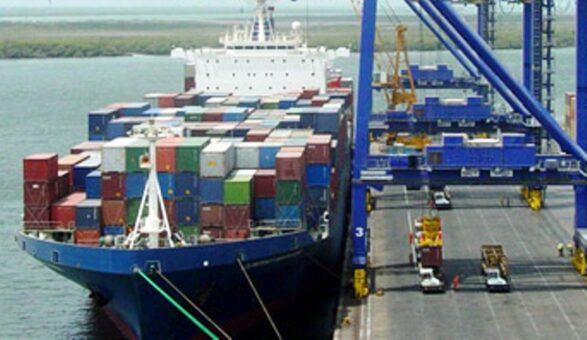ISLAMABAD: The trade deficit has ballooned by 21.6 percent during first 10 months (July – April) 2020/2021 owing to significant increase in import bill during the period, according to trade data released by Pakistan Bureau of Statistics (PBS) on Wednesday.
The trade deficit increased to $23.82 billion during first ten months of the current fiscal year as compared with $19.59 billion in the corresponding months of the last fiscal year.
The import bill registered an increase of 17.67 percent to $44.7 billion during July – April of 2020/2021 as compared with $37.99 billion in the corresponding period of the last fiscal year.
However, exports also registered 13.5 percent growth to $20.88 billion during the period under review as compared with $18.39 billion in the corresponding period of the last fiscal year.
The trade deficit widened by 33.24 percent to $2.99 billion on Year-on-Year (YoY) basis in April 2021 as compared with deficit of $2.24 billion in the same month of the last year.
